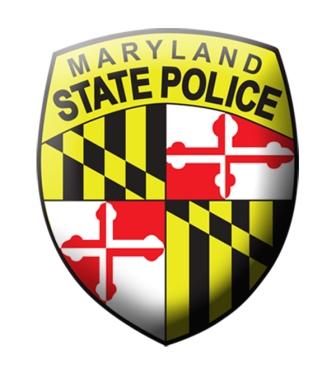Optimal Landing Zone Set-up
Main_Content
Optimal Landing Zone (LZ) Set-up

- A minimum of 100 x 100 foot area close to the incident scene and free from overhead obstructions is ideal.
- The landing zone should be a flat surface that is firm, and free of any debris that can blow up into the rotor system.
- Obstacles such as wires, poles, signs, etc. can be difficult to see from the aircraft. If wires are present at or near the scene, this information must be relayed to the flight crew prior to landing.
- Advise the flight crew if there are any obstructions in the area, obstructions at the edge of the LZ, or any obstructions inline with the departure or approach path.
NOTE: In determining landing zones, be aware that helicopter take-offs and landings can be done in a vertical manner; however, these landings limit the pilot's visibility of the LZ. Small landing zones may cause the approach to be slower and cause extended periods of rotor wash, in addition to limiting the pilot's options should an engine failure occur.
Additional Landing Zone Tips
- The LZ Officer should walk the perimeter of the LZ and check for hazards. During night operations, walk the LZ with a flashlight that is directed up and down to detect wires in and around the LZ.
- 45 Degree Angle Test: The LZ Officer should stand in the middle of the LZ with one arm extended at a 45 degree angle in front of him/her. Any objects at or above this line are obstacles that need to be reported to the incoming aircraft. This test is done for a full 360 degrees.
- If the LZ is on a roadway, all traffic must be stopped in both directions - even on multi-lane highways or interstates. Do not allow traffic to use the roadway until after the aircraft has departed. Traffic should be stopped at least 200 feet in both directions from the landing zone.
- Do not use landing zones that contain loose material such as gravel. The rotor wash will cause stones or gravel to become airborne, striking personnel and damaging vehicles.
- Do not use flares or cones to mark the landing zone, as they will become airborne during the landing. However, weighted cones/lights that are designed for aircraft operations are acceptable.
- On some occasions, the pilots may not choose to utilize the ground personnel's suggested LZ and instead choose an alternate LZ. This decision is usually based on information that is unknown to the ground personnel (e.g., wind, aircraft performance limitations, etc).

Approaching the aircraft
- Both hearing and eye protection should be utilized.
- Personnel should approach the aircraft only when accompanied by an MSP flight crew member.
- Response personnel are usually limited to four when loading patients. The flight crew will provide additional guidance prior to these personnel.
- Never approach the aircraft from the rear area due to the hazards existing from the tail rotor.
- Personnel shall not wear hats or loose clothing when approaching the aircraft. Do not lift anything above shoulder height (e.g. IV bags).
- If the aircraft has landed on a slope or hill, care must be taken when approaching the aircraft. Approaching from the downhill side is preferred. Uphill side approaches should be avoided, as the main rotor blade is spinning and is lower to the ground on the uphill side of the aircraft. The flight crew will provide additional guidance in this situation.
- Never bring the patient to the aircraft prior to the Trooper/Flight Paramedic making contact with you. In addition to the safety issues inherent in approaching the aircraft without an escort, very high noise levels found in the general proximity of the aircraft make communication and patient turnover impossible.
- If debris gets in your eyes and it impairs your vision, do not continue to approach the aircraft. Immediately kneel down and the flight crew will provide assistance.
- In the unlikely event of a helicopter crash, it may be necessary to render assistance or rescue occupants of the helicopter. In such a case, do not approach the aircraft until the main rotor has stopped. Remain clear of the rear and tail rotor at all times.
Miscellaneous Safety Tips
- Do not attempt to open or close any aircraft doors.
- No vehicles or personnel shall be permitted within 200 feet of the aircraft.
- Do not direct spotlights onto the landing area or at the aircraft, but keep vehicles emergency lights displayed.
Landing Zone Video hosted by Maryland Fire and Rescue Institute
